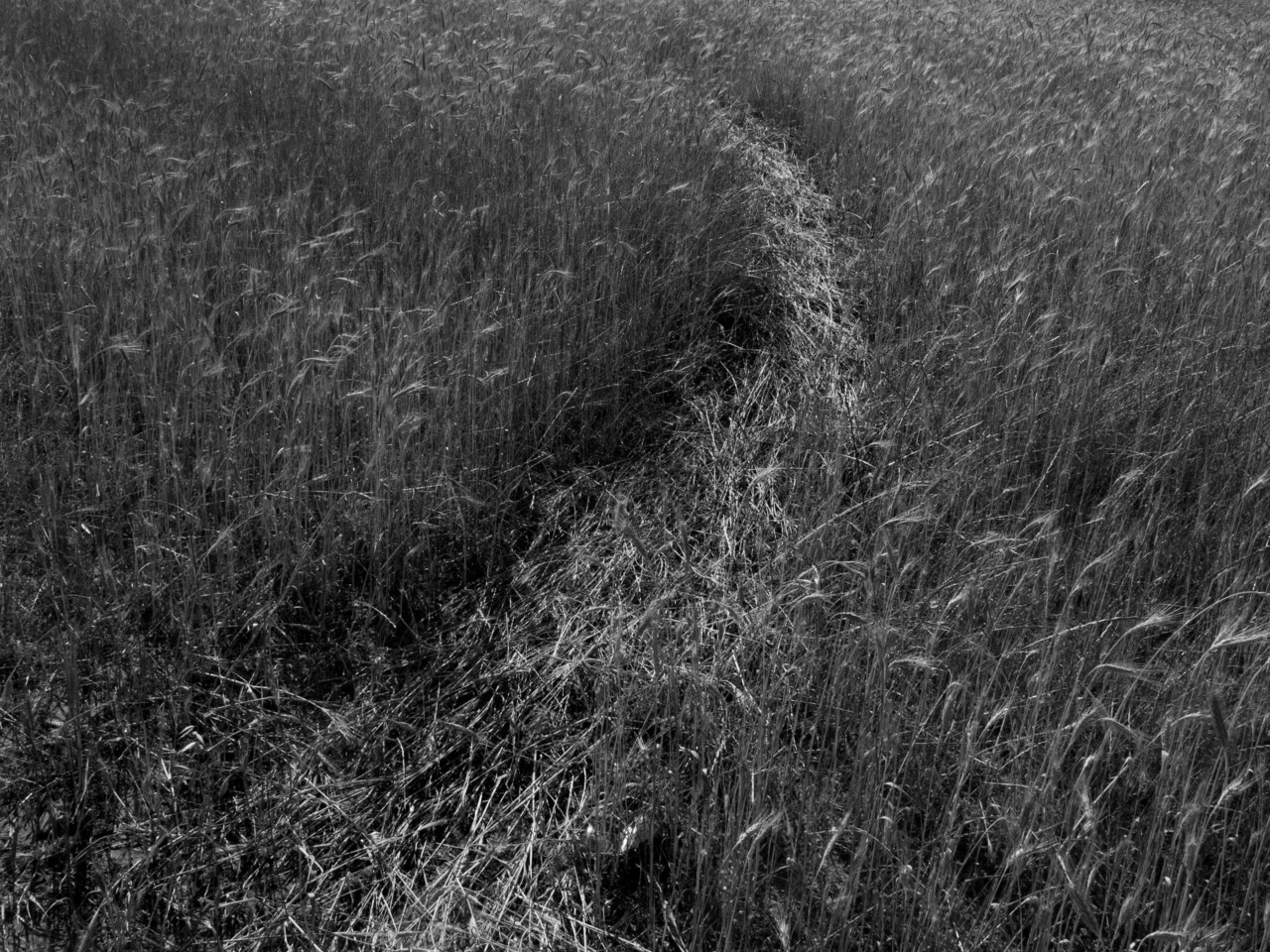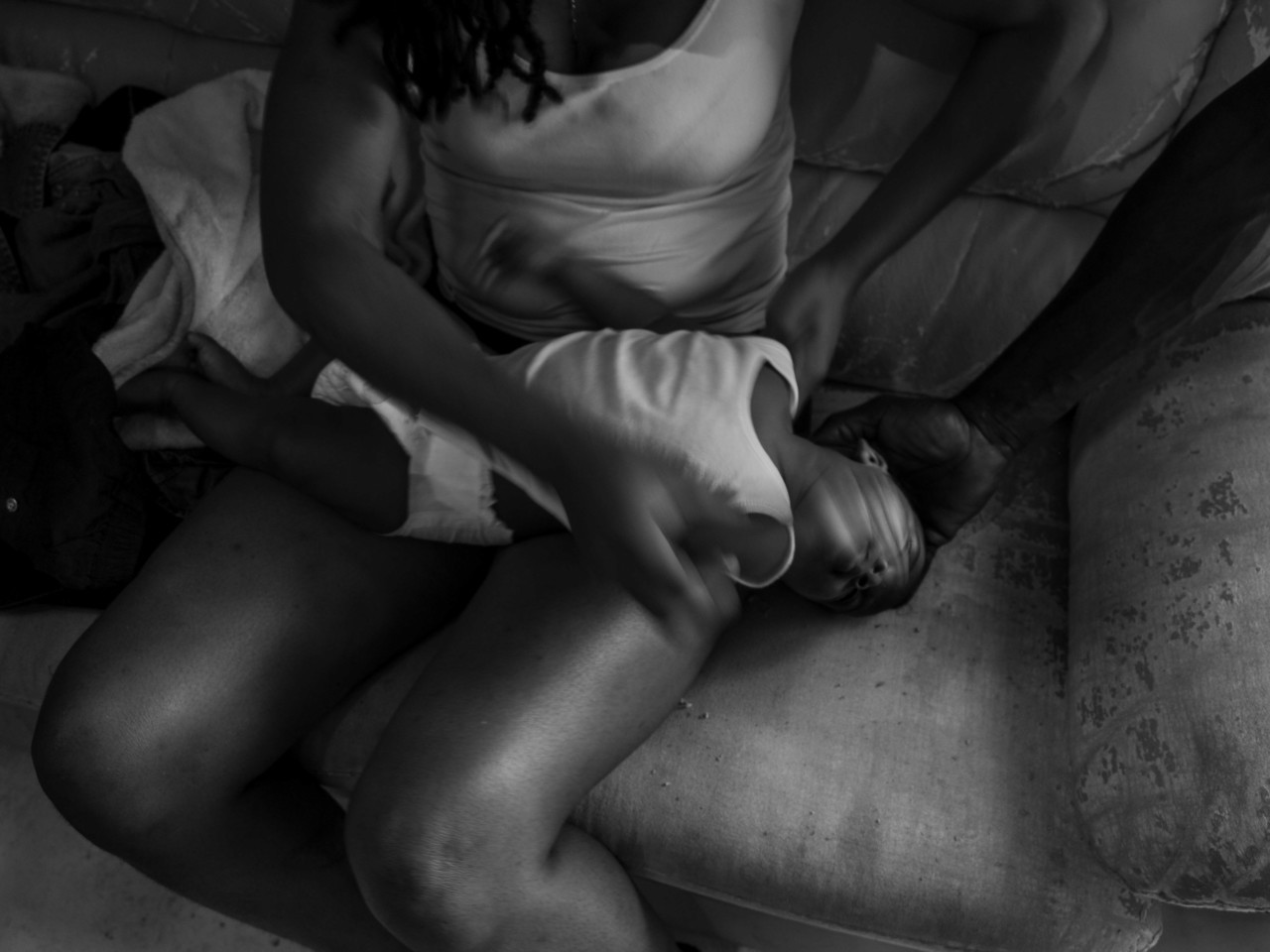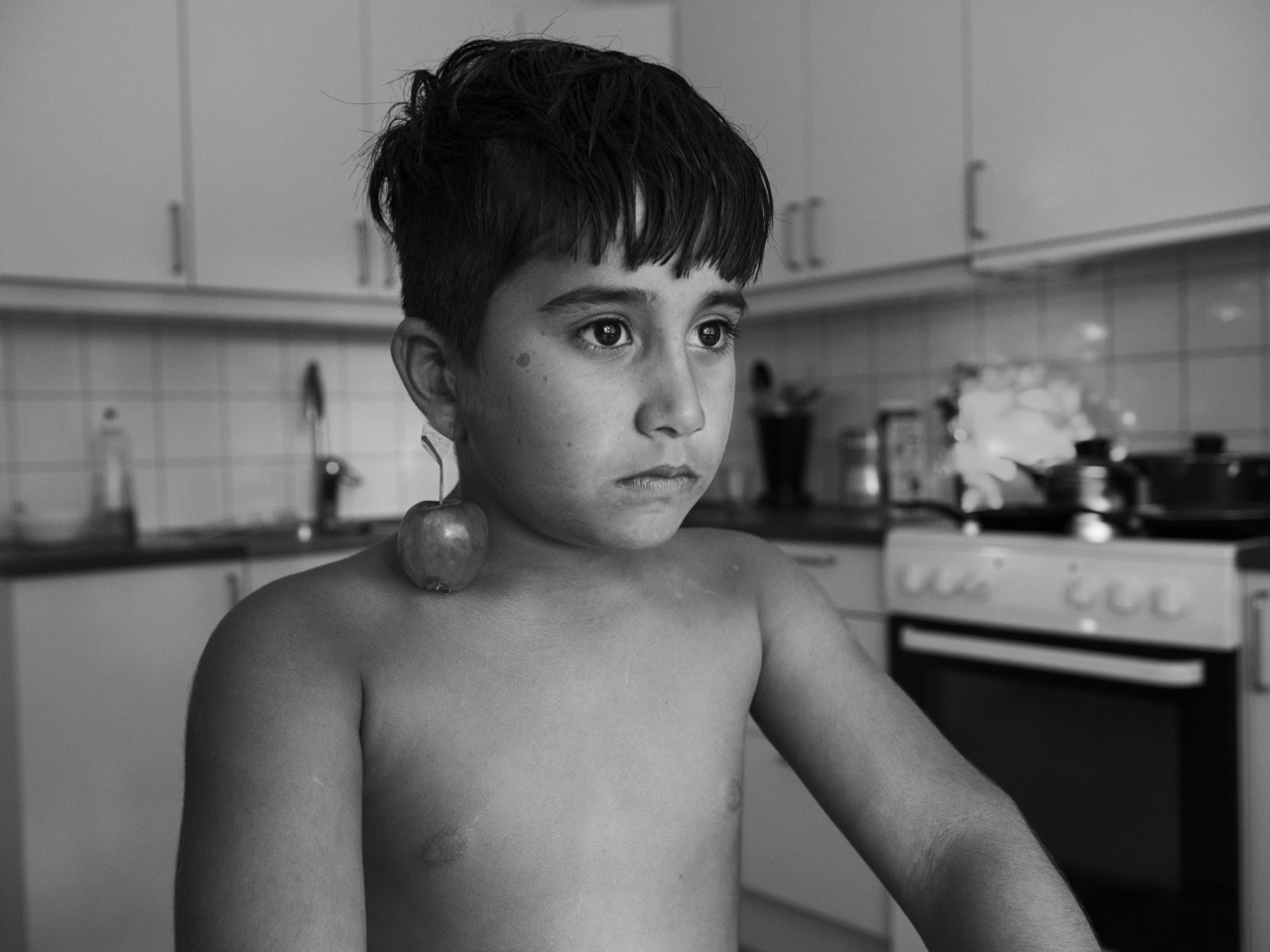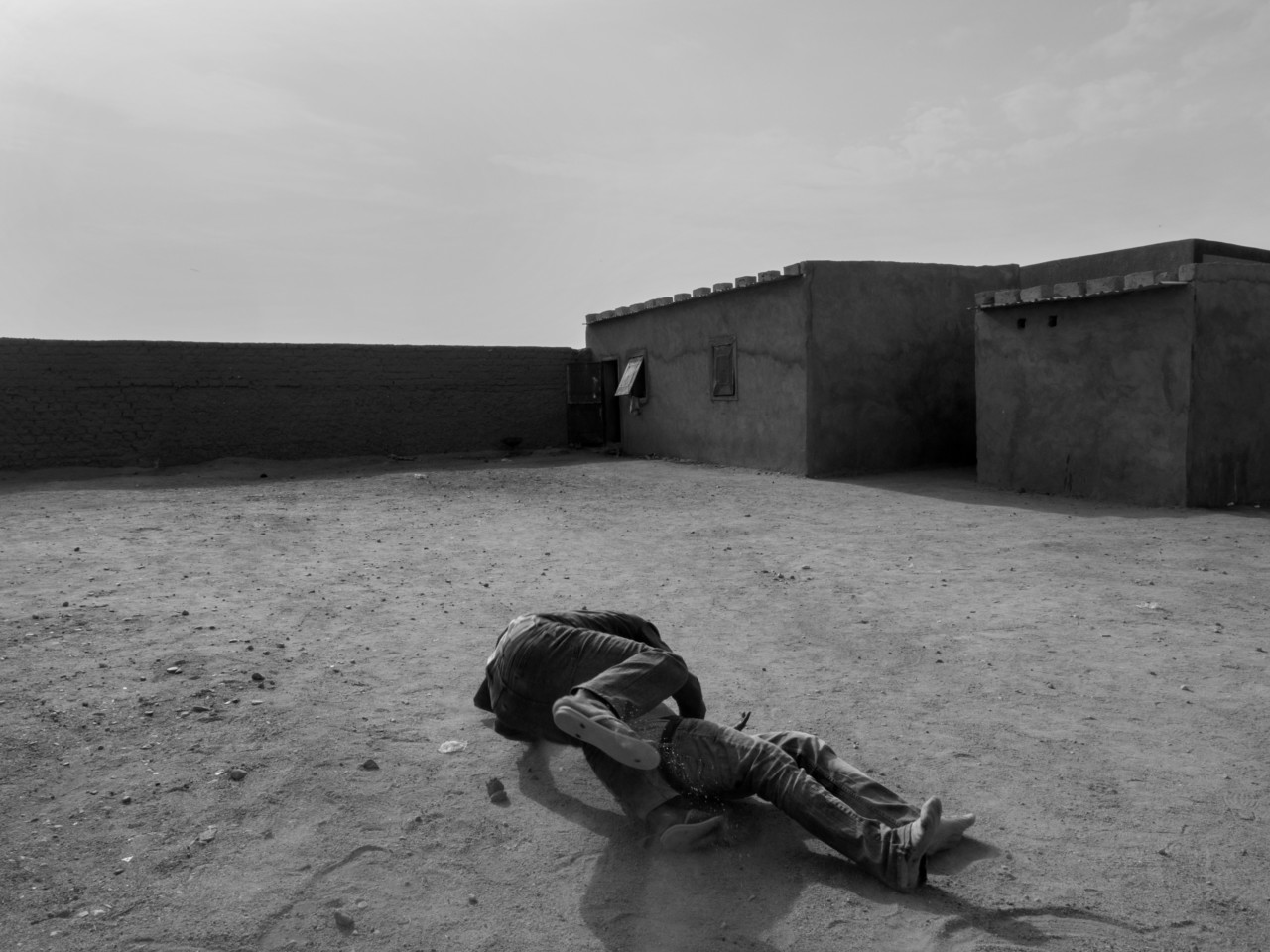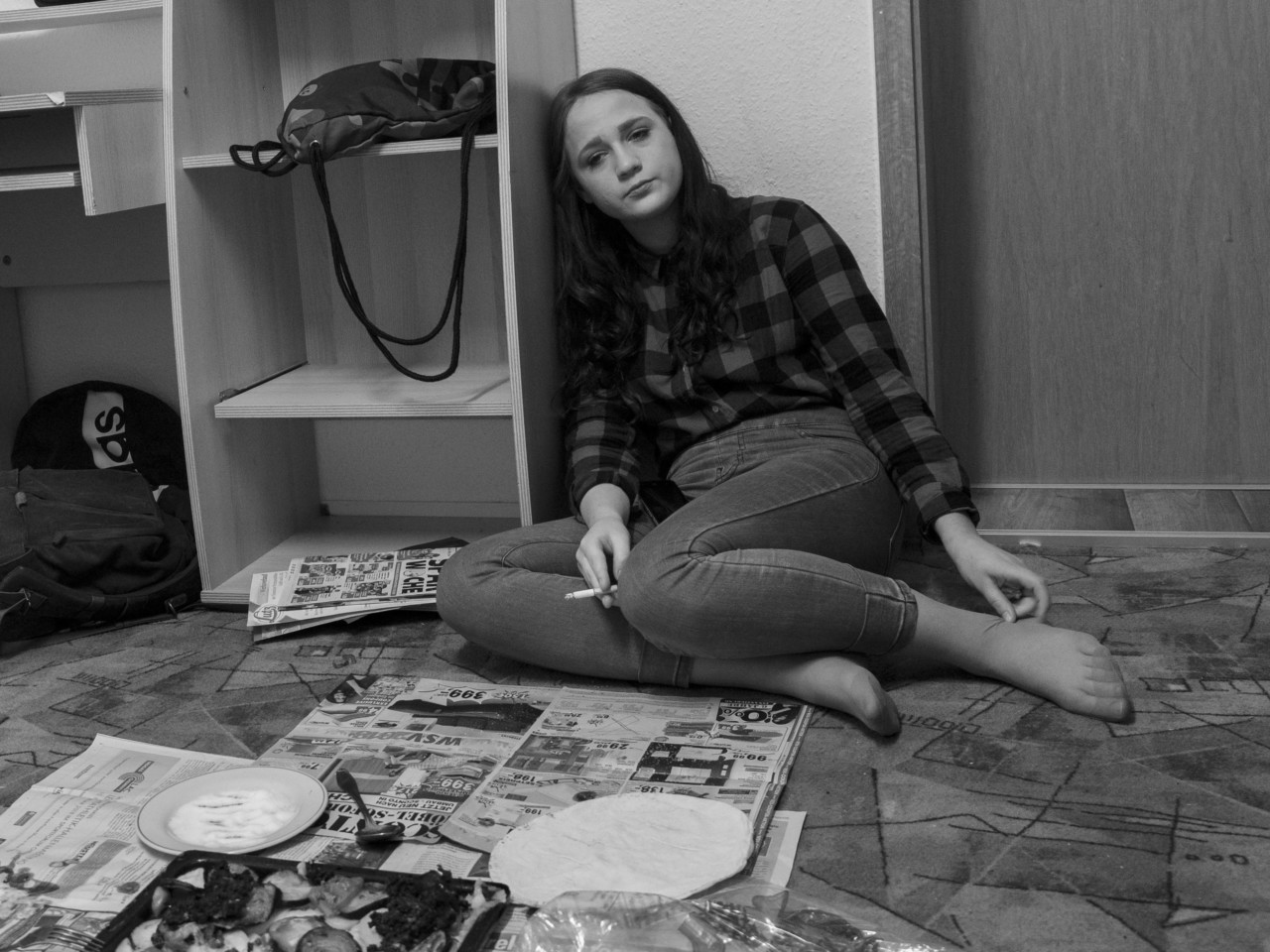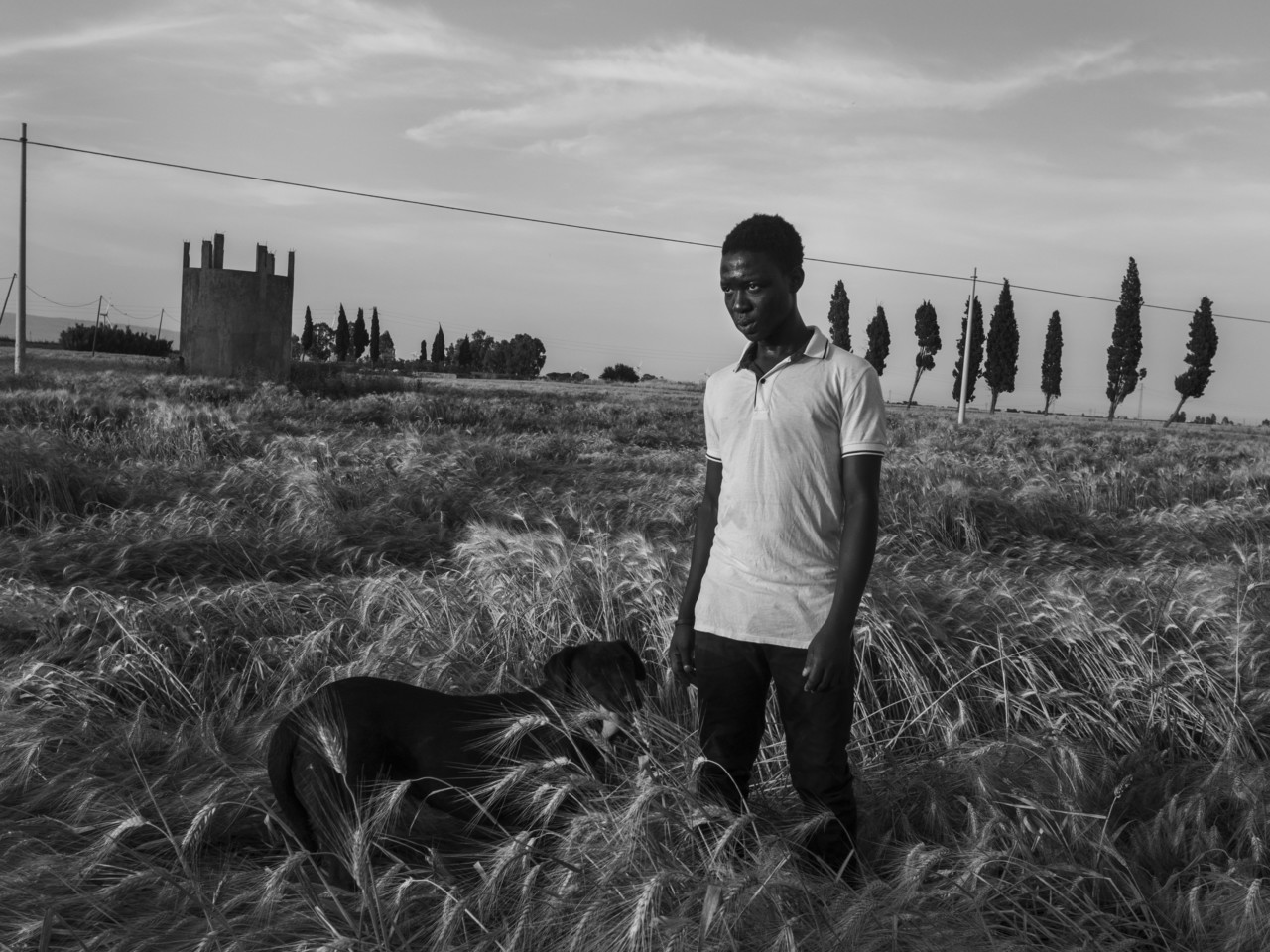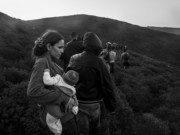To the North
To mark World Refugee Day, Enri Canaj reflects on more than a decade documenting Europe's ongoing migrant crisis
In 2009 Albanian-born Magnum photographer Enri Canaj started photographing various migrant communities in Athens, his own adopted hometown. Then, in 2013, he started working more intensively on documenting Europe’s unfurling migrant crisis, initially focusing upon the waves of people arriving along the coastlines of various EU nations. Today, the ongoing project has seen Canaj create work in 14 countries across the African and European continents – documenting maritime, desert, urban and mountain routes of migration, as well as the lives of individuals at various points along those routes.
“I have photographed different stages of peoples’ journeys,” Canaj says, “From the arrival in a new land, and the first few months or years of settling-in, to the beginning of new lives and families in a destination country. On top of that, I have been looking at those still waiting on the other side, who maintain hopes and dreams; as well as those who have decided to go back home, defeated by having seen no chances or opportunities for them to continue lives in nations where they feel unaccepted. Finally, there are those forced to go back to their homelands. Until governments come up with cohesive policies that might address the needs of people on the move, mass migration will remain a global concern.”
Canaj continues, “Over all these years, in spite of seeing the exhaustion and loss of hope by migrants in the face of harsh conditions along the journey, or in various camps with no facilities and little safety, what I truly believe is most needed, and most important, is for people to feel treated with dignity and respect: to provide the conditions in which the heart can feel life’s warmth again.”
To mark UNHCR’s World Refugee Day we share Enri Canaj’s selection of images (above) spanning his 11 years of work on migration, covering a range of nations and years. The sequence of the images traces a global route, south to north, reflecting the journey undertaken by so many tens of thousands to date.
Below is Canaj’s own statement on the work.
This is a series of passages from the world as it is, toward a world imagined.
I started depicting Europe’s refugee influx from 2013 onward, and now have followed it backward and forward — from the south and the crisis’ root causes, through the perilous crossings in Africa, to the north and the numerous final destinations around Europe …from the dust that covers the journey, to the unmapped territories of possibility.
In this work, I moved away from the urge to document history-in-the-making, toward the minute stories of everyday life and the hesitant first steps in new, often unwelcoming places. From fear to hope, and everything in-between: the uncertainty of liminal places, the new paces, the impetus and the impulse of moving ahead. Alongside this: something that lies underneath this whole range of emotions, something palpable and raw that cannot be put in words, but only be traced along one’s own lifeline. I trace it along my own and hold onto it.
The stories of the people decode my own, their piercing gazes illuminate dark times, their strength and resilience emerge, thrusting forward. Nothing more, nothing less, than cracks of light, leaps of faith and the capacity to conceive a future possible.
You can read more about Canaj’s work on migration here, and see his documentation of Italy’s infamous Hotel House here. More information on World Refugee Day can be found here.




